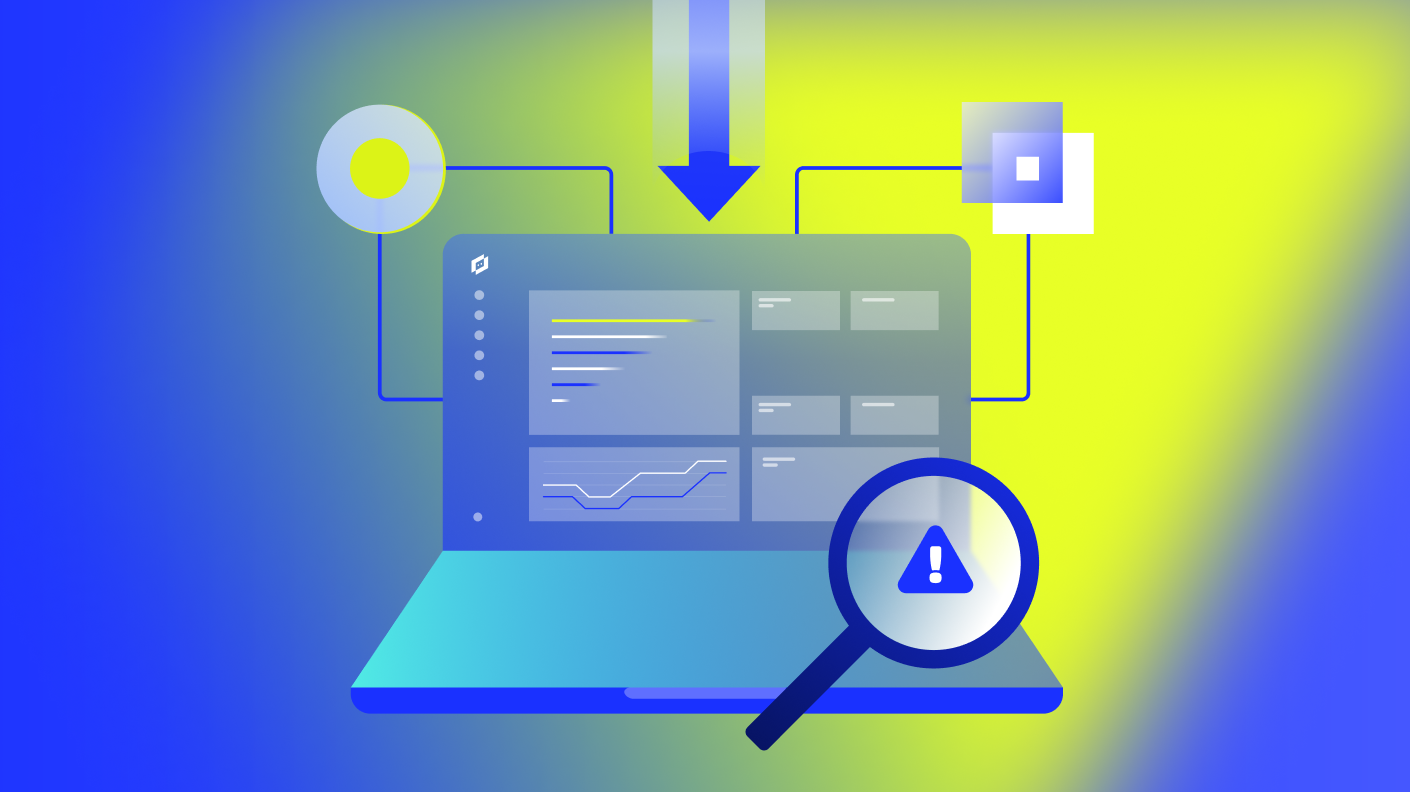How One Enterprise Reduced 1,600 Trap Alerts by 80% and Saved 26 Hours During Migration


Proactively manage modern hybrid environments with predictive insights, intelligent automation, and full-stack observability.
Explore solutionsExplore our resource library for IT pros. Get expert guides, observability strategies, and real-world insights to power smarter, AI-driven operations.
Explore resourcesOur observability platform proactively delivers the insights and automation CIOs need to accelerate innovation.
About LogicMonitor
Get the latest blogs, whitepapers, eGuides, and more straight into your inbox.
Your video will begin shortly
For large-scale IT organizations, SNMP traps and log alerts are critical, but they can also be a hidden source of technical debt. Over time, alerting systems balloon with noise like redundant conditions, alerts from decommissioned tools, and logic that no longer maps to today’s hybrid infrastructure.
One LogicMonitor customer, a global enterprise managing over 5,000 devices, found themselves here: more than 1,600 SNMP trap and log alert conditions in their production environment, many of which had long outlived their purpose.
Instead of dragging that noise into a new platform, they used the migration to LogicMonitor Envision as a moment to reset, simplify, and modernize.
This enterprise relied on an SNMP trap and log monitoring setup, which quietly accumulated a massive number of alert conditions over time. The signs of trouble were familiar:
Each of these 1,600+ alert rules would require manual onboarding into LM Envision—taking 1 to 2 minutes per rule. That’s up to 53 hours of migration time to replicate outdated logic that no longer served their business.
They made a strategic decision: optimize first, then migrate.
We encourage teams to use migration as a clean-slate opportunity. So, guided by our alerting cleanup best practices, the IT team began a rule-by-rule audit using four key criteria:
Armed with these questions, they built a comprehensive inventory of all trap and log alert rules. This effort uncovered dozens of legacy configurations, including traps linked to tools that had been retired and thresholds set for infrastructure that no longer existed.
They also identified opportunities to consolidate similar alerting rules and fine-tune log thresholds based on real-time system behavior, ensuring that only the most relevant conditions were carried forward.
By using LM Logs for syslog and its capability to convert SNMP traps into log data, the IT team gained unified visibility into system behavior across the environment. This enabled them to:
Using LM Logs’ query language, log anomaly detection, and role-based access controls, they could refine and govern alert configurations in ways their previous platform didn’t support.
The outcome was a complete uplift of their monitoring posture, enabling true hybrid observability powered by AI.
After their cleanup and migration effort, the organization achieved:
Just as importantly, their alerting setup now aligns with current infrastructure and scales cleanly as their environment evolves.
Too often, IT teams approach migration with a “lift and shift” mindset, missing the opportunity to avoid alert fatigue by eliminating legacy rules and surfacing only actionable insights.
This success story shows what’s possible when migration becomes a moment of optimization, not duplication.
With LogicMonitor’s integrated approach to traps, logs, metrics, and automation, you don’t just reduce alert noise. You enable your team to act faster, reduce MTTR, and prevent issues before they escalate.
© LogicMonitor 2025 | All rights reserved. | All trademarks, trade names, service marks, and logos referenced herein belong to their respective companies.
